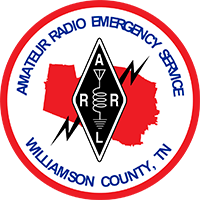TNQP is Sunday, 1 September 2019
The Tennessee QSO Party is Sunday, 1 September 2019
From TNQP.org:
“The Tennessee QSO Party is an annual amateur radio event which takes place on either the first or second Sunday of September. All amateur radio operators in the great state of Tennessee are encouraged to participate as antennas around the world rotate and point to the volunteer state.
The Tennessee QSO Party is hosted by the Tennessee Contest Group. Each year tens of thousands of QSOs occur between Tennessee amateur radio operators and hams worldwide. Plaques are awarded for category winners.”
More information and the registration form for Tennessee stations planning to take part are here:
Rules and resources:














































You must be logged in to post a comment.